Nokia Lumia 710 Review - T-Mobile's Nokia WP7
by Brian Klug on January 5, 2012 12:01 AM EST- Posted in
- Smartphones
- Nokia
- Mobile
- WP7
- Lumia 710
Yesterday we took a look at the flagship of Nokia’s Lumia series - the Lumia 800. Today we’re looking at its younger and more entry-level sibling, the Lumia 710. Though the specs are lighter weight and the device isn’t a flagship, Nokia’s expectations for the device are no less high then they were for the Lumia 800, and there’s a lot riding on the 710.
Superficially, the Lumia 710 and 800 are very different. While the 800 is based on the N9’s design with a unibody polymer construction, the 710 is a more traditional device form factor with battery door and removable battery. In the size and weight department, the 710 is actually taller, thicker, and wider than the 800, though more than a half ounce lighter. No doubt some of this is to accommodate the removable battery and door, however it’s surprising how the 710 manages to be larger in almost every way.
The front of the Lumia 710 is one flat and continuous piece of Gorilla Glass. The Windows Phone buttons are of the physical sort, though they are really one continuous plastic button with three pressure sensitive areas that click in. I found using this continuous button somewhat disconcerting at first but easy enough to use after a day or so. The buttons are backlit like they should be, as well.
The only downside to this arrangement is that because the buttons jut out so much, they become the surface that ends up coplanar with a table or desk when the phone is placed face down. As a result, they do pick up scratches if you aren’t careful.
Just below this is a small gap where the primary microphone is located, and at the very top are the usual culprits (earpiece, proximity sensor and ambient light sensor). I don’t believe the glass display has an oleophobic coating either. There’s a small gap in-between the glass edge and plastic around it where dust can gather as well, but it isn’t a hugely big deal.
The Lumia 710 is ringed with a glossy plastic lip that thankfully isn’t chrome but still shows ample fingerprints. At the top and bottom, this lip gets thicker, whereas on the sides it serves primarily for the battery door to snap into. The battery door is a relatively typical black matte soft touch material (I should note that there are multiple body + battery door color combinations of Lumia 710 that will arrive) which doesn’t show fingerprints, thankfully.
The battery door clips onto the right side (where the buttons are) and snaps into place on the left. Nokia thoughtfully also lines the inside region with foam to minimize flex between the door and battery, and also seal out dust that always manages to get inside on other devices. You can also tell that Nokia has been at this for a long while, since there’s no unnecessary extra piece of transparent plastic between the camera module and the battery door.
Nokia’s removable battery is on the smaller side for phones lately at just 4.81 Whr. We’ll talk more about battery performance in the next section, however. The battery compartment is also where the Lumia 710’s microSIM port is, which slides in face down and is held in place by an installed battery. There’s a window at the top where you can get a fingernail inside and push the SIM out. With the backside off, you can also pick out the 710’s cellular antenna (at the bottom) and WLAN/BT antenna (top left) which are pretty standard fare.
On the backside is the 5 MP camera and single LED flash, and just below the flash is the port for the 710’s second microphone. At the very bottom is the speakerphone grille, though only the thin notch in the bottom right actually goes through to the backside.
Next are the buttons - the Lumia 710 places the standby/power button at the very top right, and and the volume rocker and camera buttons in their usual places on the right side. My only complaint is with the camera button. The button is two-step, yet the first detent (for focus and exposure) is impossible to feel on our 710 review unit. Only the second stage which captures is clicky enough to actually be felt.
Just like the Lumia 800, the 710 features a microUSB port and headset jack on the very top. At the very bottom is a cell phone charm/hand strap port.
| Physical Comparison | ||||||
| HTC Sensation | Samsung Focus S | Nokia Lumia 800 | Nokia Lumia 710 | |||
| Height | 126.3 mm (4.97") | 126.1 mm (4.96") | 116.5 mm (4.59") | 119.0 mm (4.69") | ||
| Width | 65.5 mm (2.58") | 66.8 mm (2.63") | 61.2 mm (2.41") | 62.4 mm (2.46") | ||
| Depth | 11.6 mm (0.46") | 8.5 mm (0.33") | 12.1 mm (0.48") | 12.5 mm (0.49") | ||
| Weight | 148 g (5.22 oz) | 125 g (3.9 oz) | 142 g (5.0 oz) | 125.5 g (4.4 oz) | ||
| CPU | 1.2 GHz Dual Core Snapdragon MSM8260 | 1.4 GHz Single Core Snapdragon MSM8255 | 1.4 GHz Single Core Snapdragon MSM8255 | 1.4 GHz Single Core Snapdragon MSM8255 | ||
| GPU | Adreno 220 | Adreno 205 | Adreno 205 | Adreno 205 | ||
| RAM | 768 MB LPDDR2 | 512 MB LPDDR2 | 512 MB LPDDR2 | 512 MB LPDDR2 | ||
| NAND | 4 GB NAND with 8 GB microSD Class 4 preinstalled | 16 GB NAND (no external microSD) | 16 GB NAND (no external microSD) | 8 GB NAND (no external microSD) | ||
| Camera | 8 MP AF/Dual LED flash, VGA front facing | 8 MP AF/LED, 1.3 MP front facing | 8 MP AF/Dual LED Flash, 720p Video Rec. | 5 MP AF/LED Flash, 720p Video Rec. | ||
| Screen | 4.3" 960 x 540 S-LCD | 4.3" 800 x 480 SAMOLED+ | 3.7" 800 x 480 SAMOLED w/ClearBlack | 3.7" 800 x480 TFT LCD w/ClearBlack | ||
| Battery | Removable 5.62 Whr | Removable 6.1 Whr | Internal 5.37 Whr | Removable 4.81 Whr | ||
Internally, the Lumia 710 is nearly the same beast as the Lumia 800. At their core, both are based on a 1.4 GHz Qualcomm single core Snapdragon MSM8255, both have 512 MB of LPDDR2 RAM, and share most of the surrounding chipset. The Lumia 710 also includes 8 GB of NAND of which 6.28 GiB are available to the OS for storage of photos, pictures, music, and videos. Again, the 710 is positioned as more of an entry level device, so we don’t see some of the same expensive extras that really add up.
It’s important to keep some context for the Lumia 710, which in the USA is headed to T-Mobile USA. On T-Mobile USA, the only other current Windows Phone it must compete against is the HTC Radar 4G, which carries similar specifications - 8 GB of NAND, 3.8” WVGA LCD, 5 MP camera, and another MSM8255 but at 1.0 GHz. The Lumia 710 will go on sale on Jan. 11 for $49.99 after a $50 mail-in rebate card on two year contract, which definitely shows how Nokia and T-Mobile intend to position the 710 as a mainstream WP7 platform.
I really have to emphasize that although the super high end devices wind up getting most of the attention and really drive the enthusiast perception of a platform, it’s the mainstream and middle tiers where Android (and now hopefully Windows Phone 7) will make major inroads. That’s something I have to occasionally remind myself about as well; although we have a major tendency to only do deep dives on the absolute bleeding edge hardware, it’s the mid tiers where the platform battles are won and lost.
By most measures, the 710 is a great entry-level device. Its in-hand feel doesn’t feel cheap or flimsy, and at $50 on contract feels a lot better than some of the first generation entry level Android phones I’ve handled but never formally reviewed. The only downside is that the 710 still strikes me as being larger than it really needs to be - there’s no huge battery that it needs to accommodate, nor an absurdly huge display, and yet it still manages to be bigger than the much more fully featured Lumia 800.


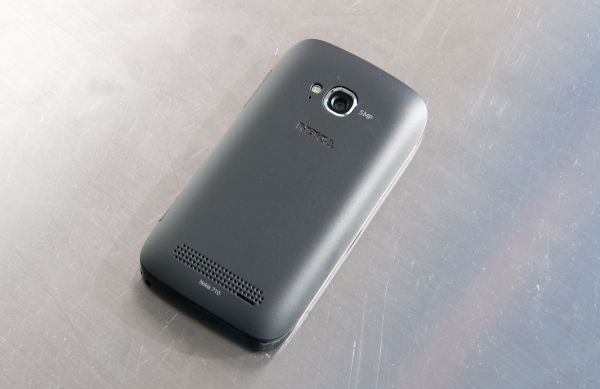
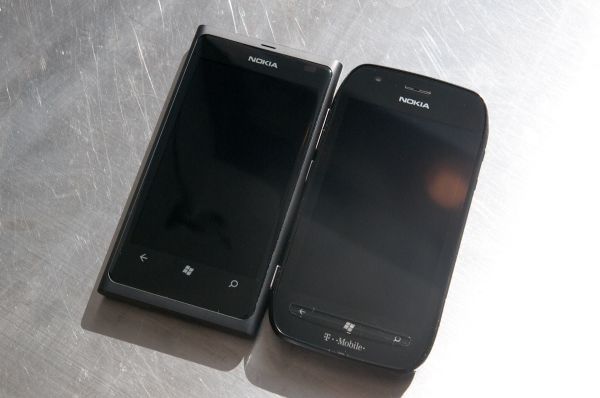
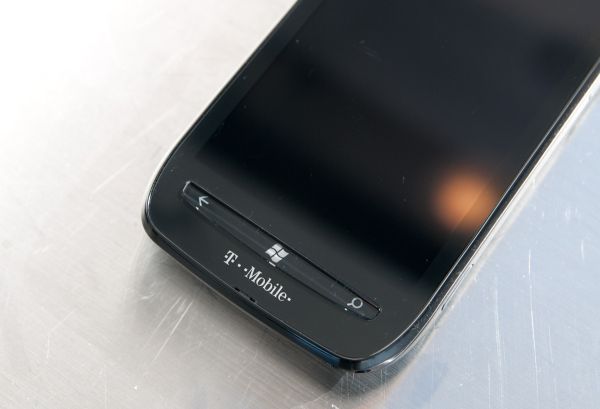
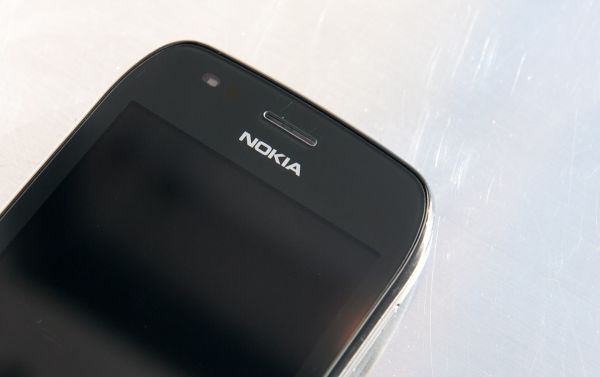
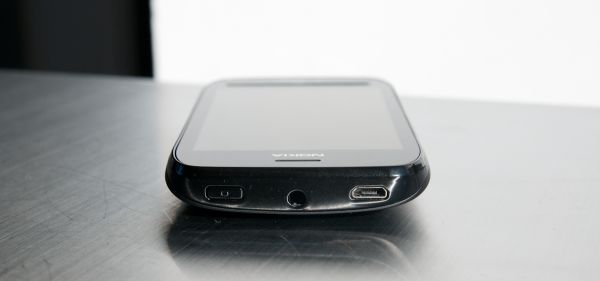
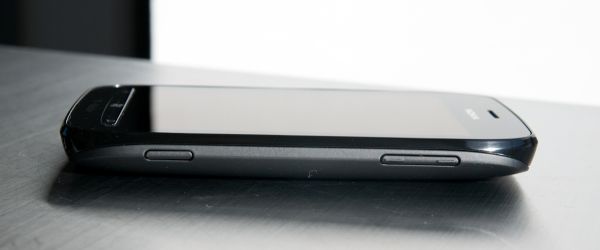
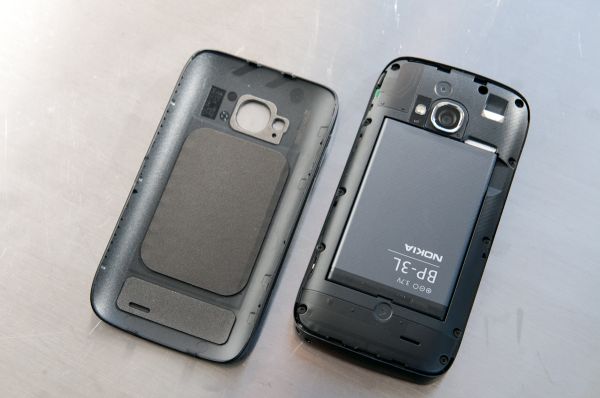
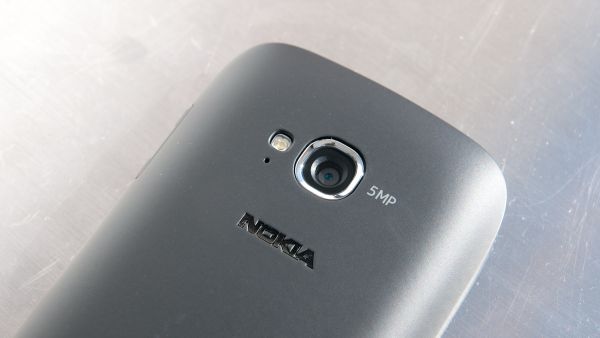









48 Comments
View All Comments
PubFiction - Sunday, January 8, 2012 - link
Nokia may be working on their new core competency. Lots of companies do this same thing and roll just fine. Vizio, Apple to name a few. Do the design then outsource everything else.PubFiction - Sunday, January 8, 2012 - link
I should also add that nokia tried to make symbian work and they failed. They have gone from one of the worlds most recognised phone makers to almost nothing. I mean you can go into any phone provider in the US and I am not sure if you would see any nokia phones.So ya the whole making a competing OS in Europe thing just did not work out for them.
a5cent - Monday, January 9, 2012 - link
Symbian was not doomed due to it being developed in Europe. One of the main difficulties was that the developer was essentially a hardware company. Hardware and software development are very different, and requires a different company culture and different management. American hardware companies that attempt software almost always fail as well. Apple is probably the only exception... Apple is probably the worlds only systems company.Spivonious - Thursday, January 5, 2012 - link
Windows has poor multithreading? What are you talking about? Windows has supported multi-tasking (which is what I assume you mean, since only recently (last 5-10 years) have we gotten CPUs capable of operating more than one thread at a time) since Windows 1.0.WP7 has supported multi-tasking since launch. The API was opened up to 3rd party developers with the 7.5/Mango update.
As an owner of a WP7 phone and a user of iOS, Android, and RIM, I can veritably say that it is the best, most well-designed mobile OS out right now.
Apple doesn't make iPhones either. You may as well get over losing your factory job and realize that in the world economy, you make the product whereever you can get the best deal.
melgross - Thursday, January 5, 2012 - link
I haven't read past the first page yet, but the weights caught my eye. I don't know if the weight in grams is correct, or the weight in ounces, but there is a discrepancy.Assuming that grams is correct, the weight, in ounces, of the 800 should be 4.41, and the weight of the 710 is pretty close, but is then a bit more at 4.43.
jsv35 - Thursday, January 5, 2012 - link
Thank you for taking time and doing reviews on Windows Phone, it's always nice to see. I have an android device myself, but have always kind of liked the look of WP7zinfamous - Thursday, January 5, 2012 - link
Agreed.I don't follow the GPU and general hardware reviews as much as I used to, but the scope of those is what brought me to AT in the first place. I now see that same level of detail now with the phone reviews, and I would never purchase a phone without getting the skinny from AT first.
They have become the best on the web. Even the camera reviews are (were?) just as detailed at one time.
Kudos.
melgross - Thursday, January 5, 2012 - link
What I found interesting is that while neither the 800 or the 710 performed well, though as expected, the LCD screen of the 710 is MUCH brighter than the AMOLED screen of the 800, both phones performed much better than the extremely dismal performance of the N8, a phone which, for some unexplainable reason, is thought by some to be a super phone. To me, it seems a dud.kyuu - Thursday, January 5, 2012 - link
While integration/overlap with Windows on the PC and with the Xbox is certainly an interesting proposition and would be a boon, that's not what I (and probably a lot of others) are waiting for in order to jump ship to the Windows Phone platform. I love the WP UI, I love the *idea* (though not execution so far) of the controlled hardware platforms as opposed to Android's uncontrolled, fragmented mess and the singular, completely restricted iPhone platform.What I'm waiting for to jump are:
1) A more modern hardware platform. I understand all the arguments about why WP doesn't *need* a dual-core yadda yadda, but I have no interest in side-grading from my iPhone 4 to a hardware platform with pretty much exactly the same capabilities. I want an *upgrade* for my investment. And besides, when the hardware capability is there, the software that takes advantage of it will follow suit, and I've seen plenty of reports that 3rd-party Silverlight-based software does indeed suffer slowdown. I need at least a dual-core with a reasonably capable GPU.
2) I need an SD-card slot or some other way to increase the available storage. High-end devices with 8, 16, or even 32GB of NAND with no upgradability is simply not sufficient.
3) A quality screen with a pixel density that's at least competitive with what my iPhone 4 has. I don't want to downgrade to a screen that's looks worse.
I'm hoping by the end of this year with WP8 out, attractive hardware will be out so I can jump to the Windows Phone platform and never look back.
a5cent - Friday, January 6, 2012 - link
Excellent! I agree, and wonder how many other people feel similarly. I suspect you almost have to be a software developer to really appreciate the benefits of the controlled hardware platform. Microsoft's ability to guarantee that every WP device owner will get every update is one such benefit. However, other benefits that are more easily appreciated by end users have yet to materialize.I don't know about expandable storage, but we know the other issues will be resolved with WP8.
I'm also holding on to my current phone. I will also go for WP8 if:
a) we get very tight integration between W8 and WP8
b) we get some AAA applications and games directly from MS which make use of WP8 hardware